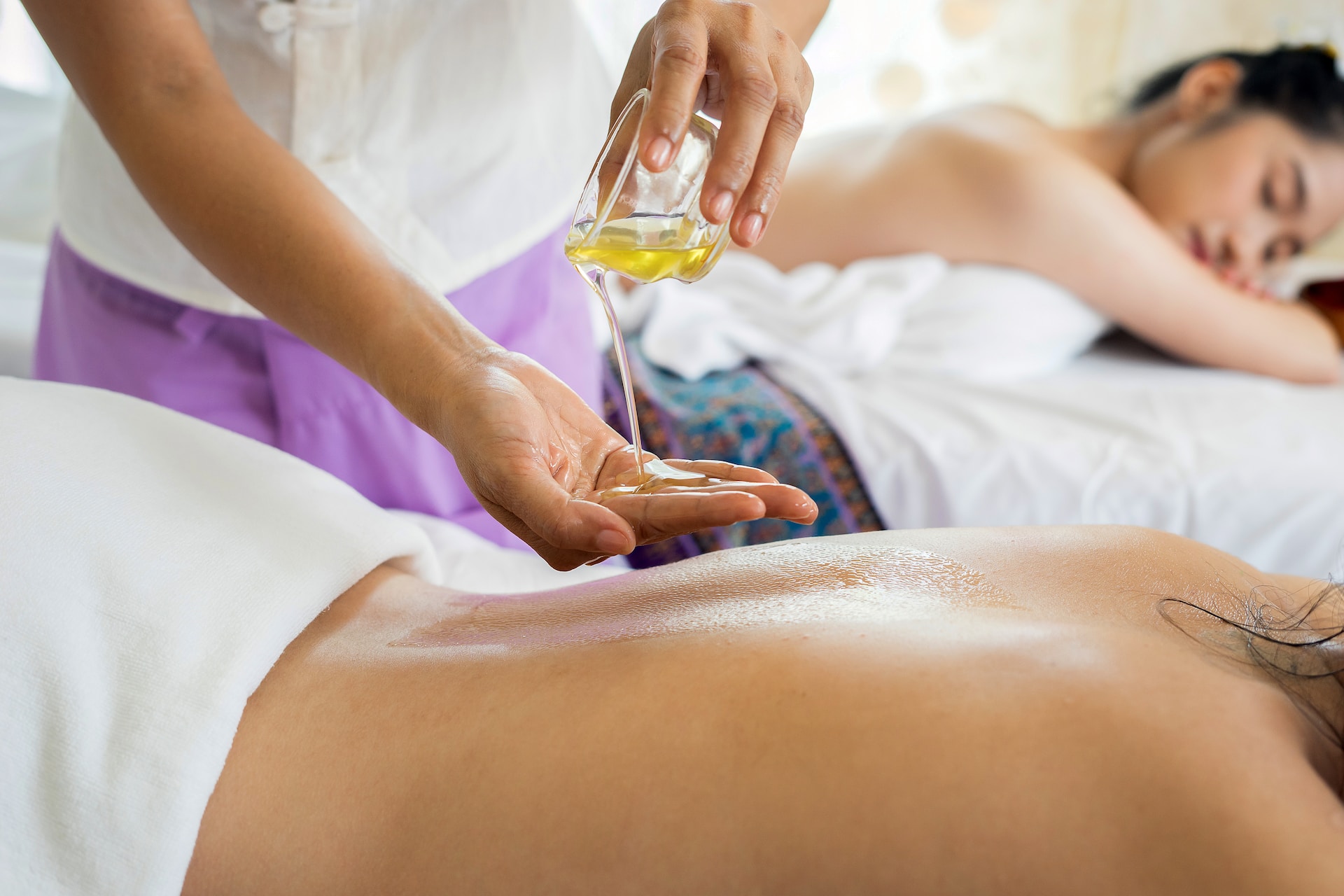
Introduction to Reflexology Reflexology is an ancient healing method that has actually been made use of for countless years to advertise relaxation, enhance circulation, and sustain the body’s all-natural healing processes. JKリフレどっとこむ is based on the concept that certain factors on the hands, feet, and ears represent various body organs and systems within the body. By applying stress to these reflex factors, practitioners aim to boost the body’s very own recovery devices and recover equilibrium.
The History and Origins of Reflexology The beginnings of reflexology can be mapped back to ancient worlds, consisting of Egypt, China, and India. Proof of foot and hand therapy has been found in old Egyptian burial places, dating as far back as 2330 BC. In conventional Chinese medicine, the principle of “qi” or life pressure energy flowing with meridians in the body shares similarities with reflexology principles. The modern technique of reflexology as we understand it today was established in the very early 20th century by Dr. William Fitzgerald and later refined by Eunice Ingham, usually referred to as the “mother of reflexology.”
Exactly How Reflexology Works Reflexology is based upon the concept that the feet, ears, and hands are mini-maps of the whole body. Each area is believed to represent a certain organ, gland, or body part. By applying stress to these response points, reflexologists aim to:
Boost blood circulation Promote relaxation and stress alleviation Stimulate nerve function Boost the immune system Encourage the body’s all-natural recovery processes Foot Diagram Head/Brain Digestive System Spine Benefits of Reflexology While much more study is needed to completely comprehend the results of reflexology, lots of people report experiencing various benefits from regular sessions, consisting of:
Lowered stress and anxiety and anxiousness Improved rest top quality Relief from migraines and migraines Alleviation of digestive issues Enhanced state of mind and psychological well-being Increased power levels Improved blood circulation What to Expect During a Reflexology Session A typical reflexology session lasts between 30 to 60 mins. Some areas may really feel a lot more sensitive than others, which could show inequalities in corresponding body parts.
Verdict Reflexology uses a natural, non-invasive strategy to advertising total wellness and resolving various health and wellness worries. While it must not be taken into consideration a replacement for medical therapy, many people find reflexology to be a valuable corresponding therapy that sustains their health and wellness and wellness objectives. As with any kind of alternative treatment, it’s necessary to seek advice from a healthcare specialist prior to starting reflexology, especially if you have any kind of underlying health problems or worries.